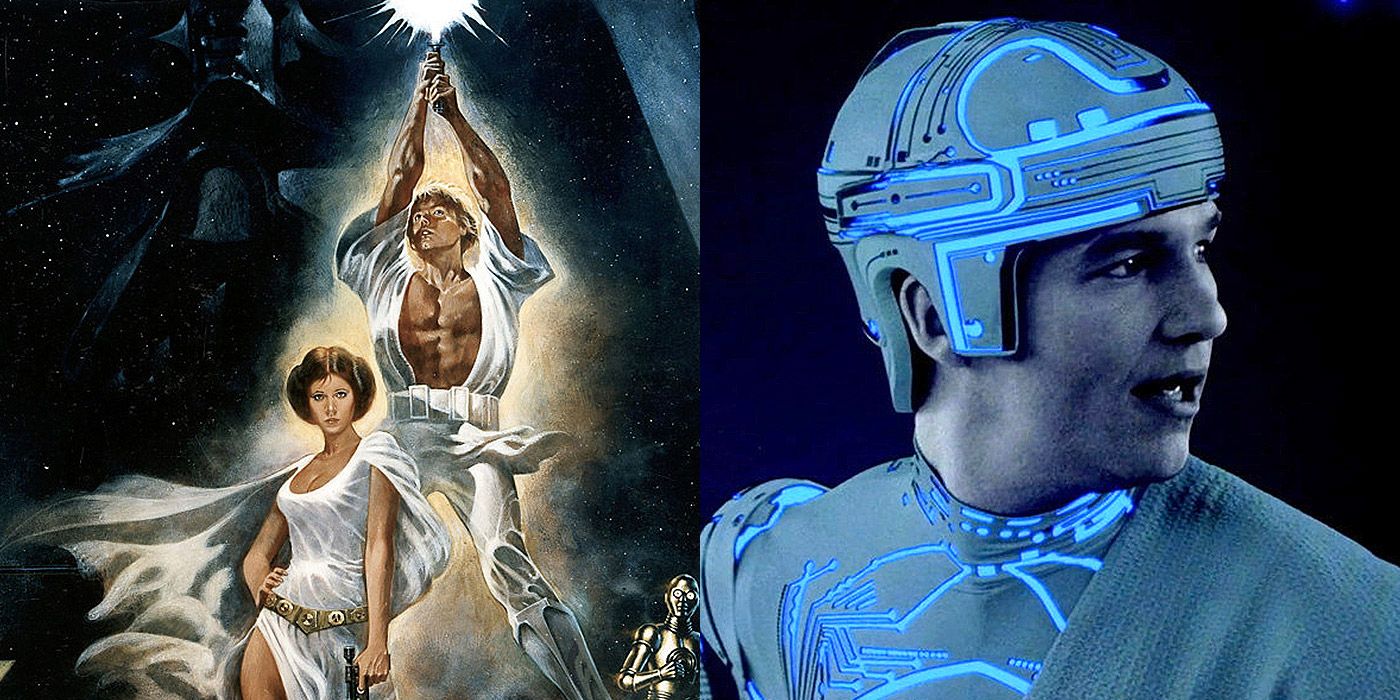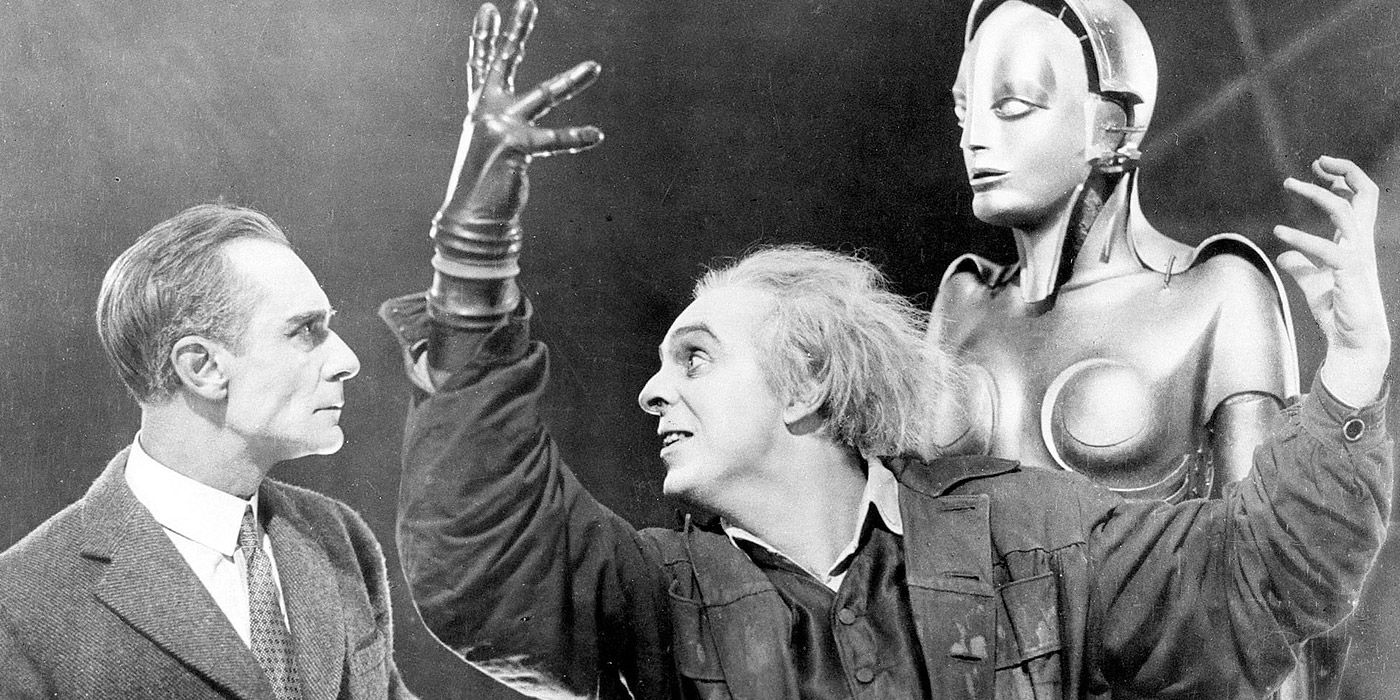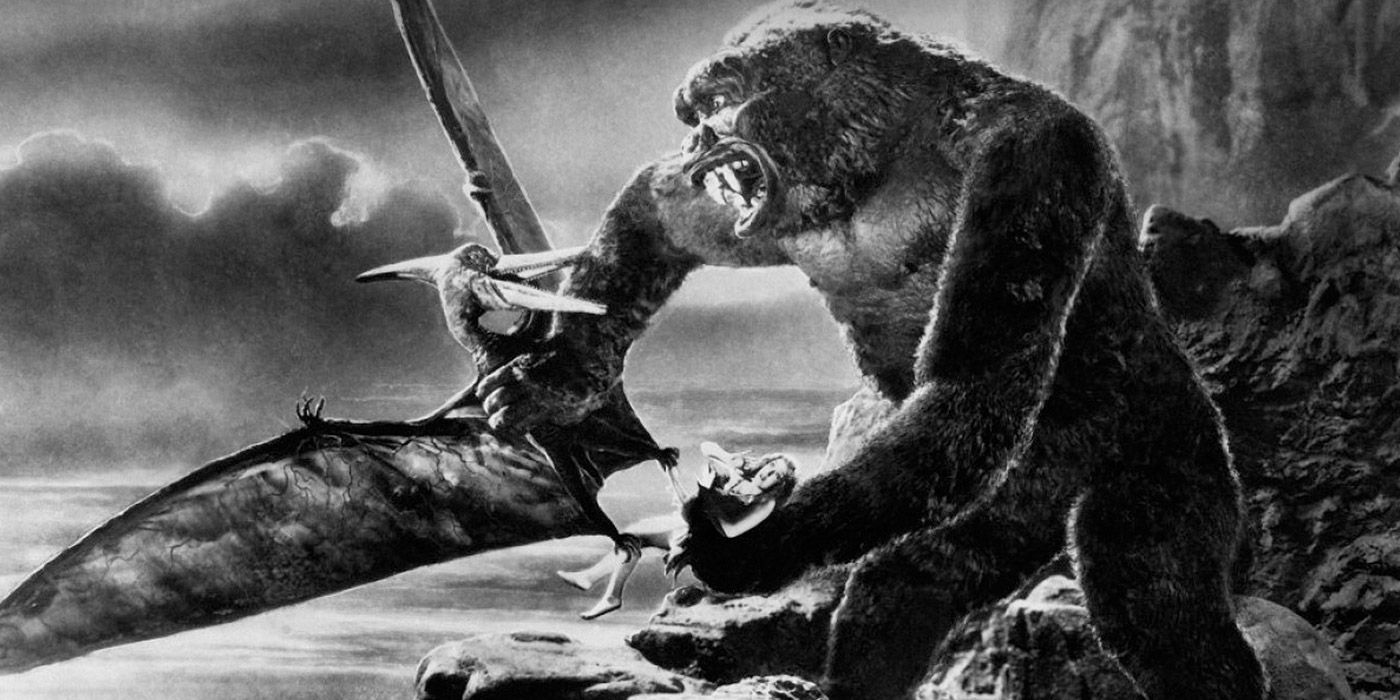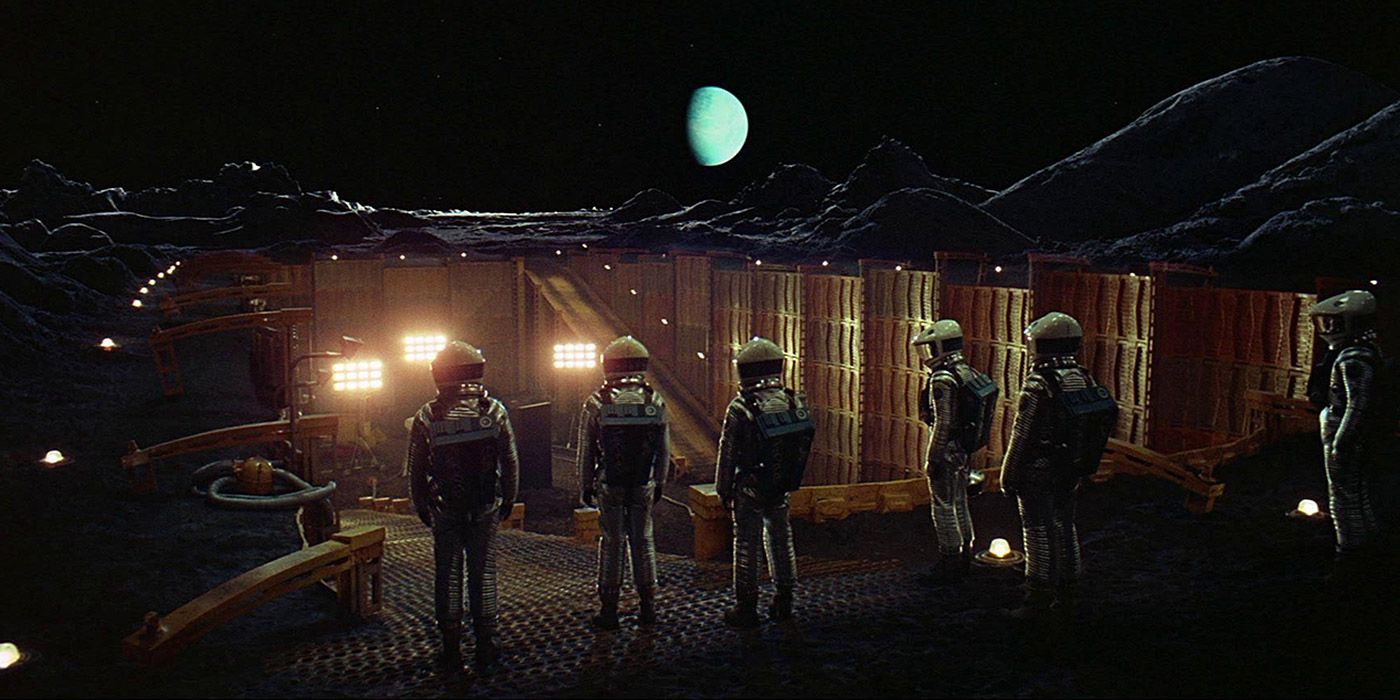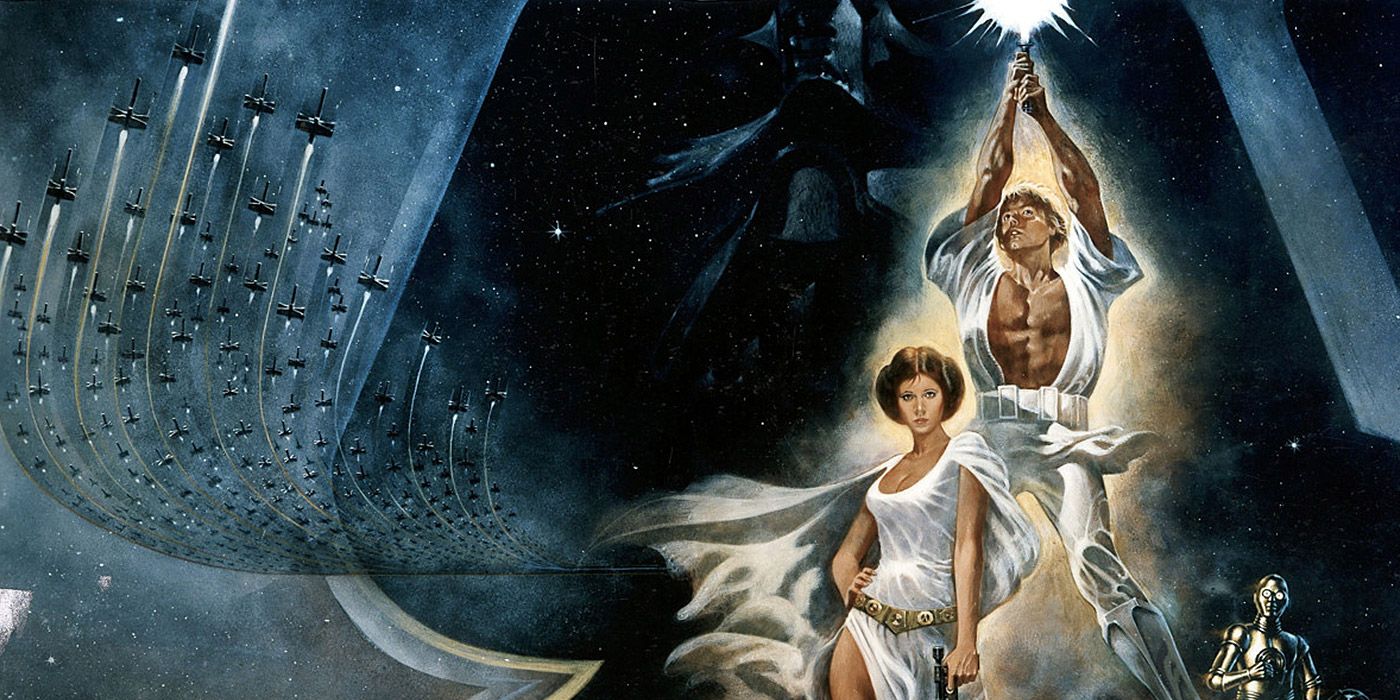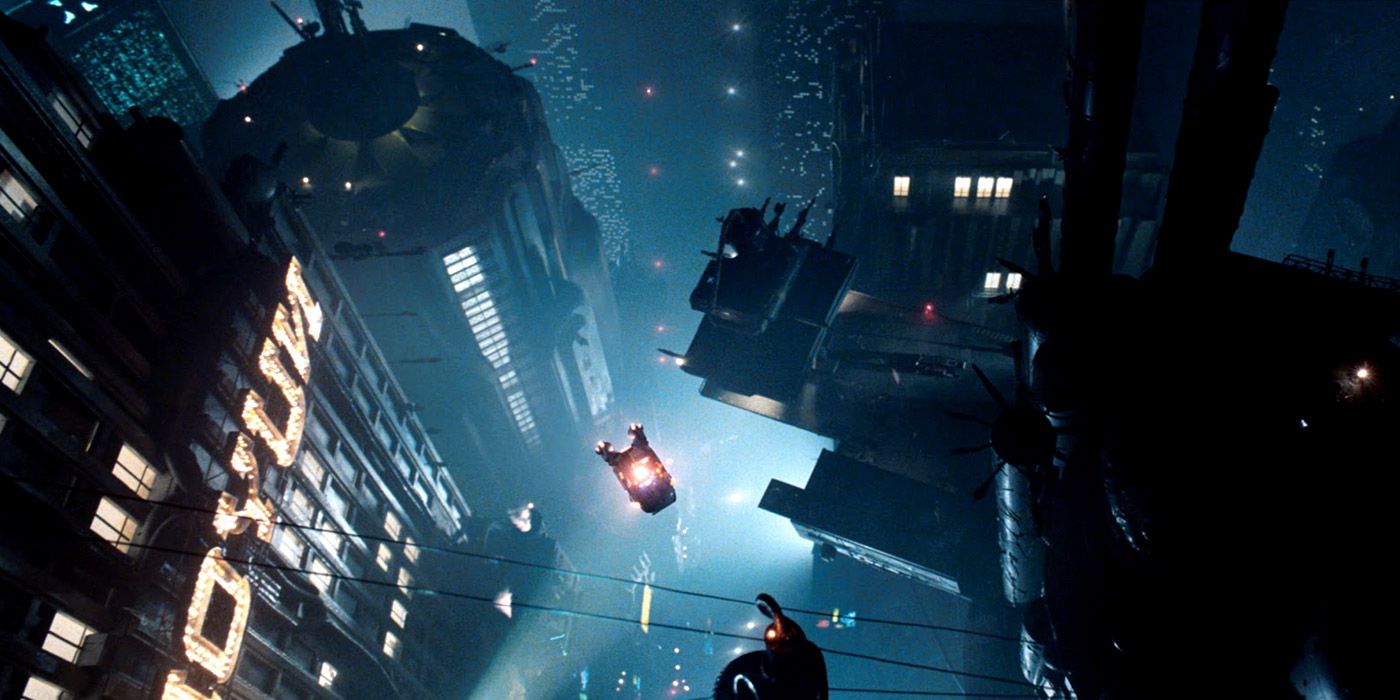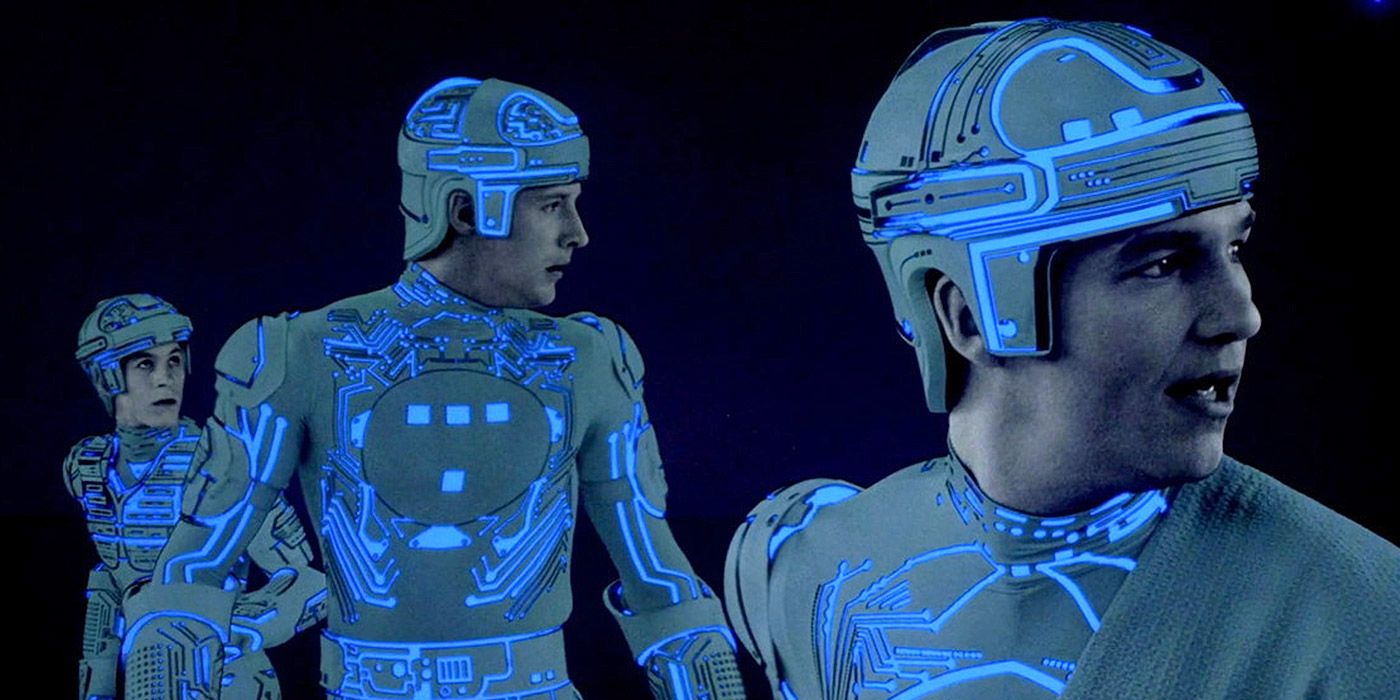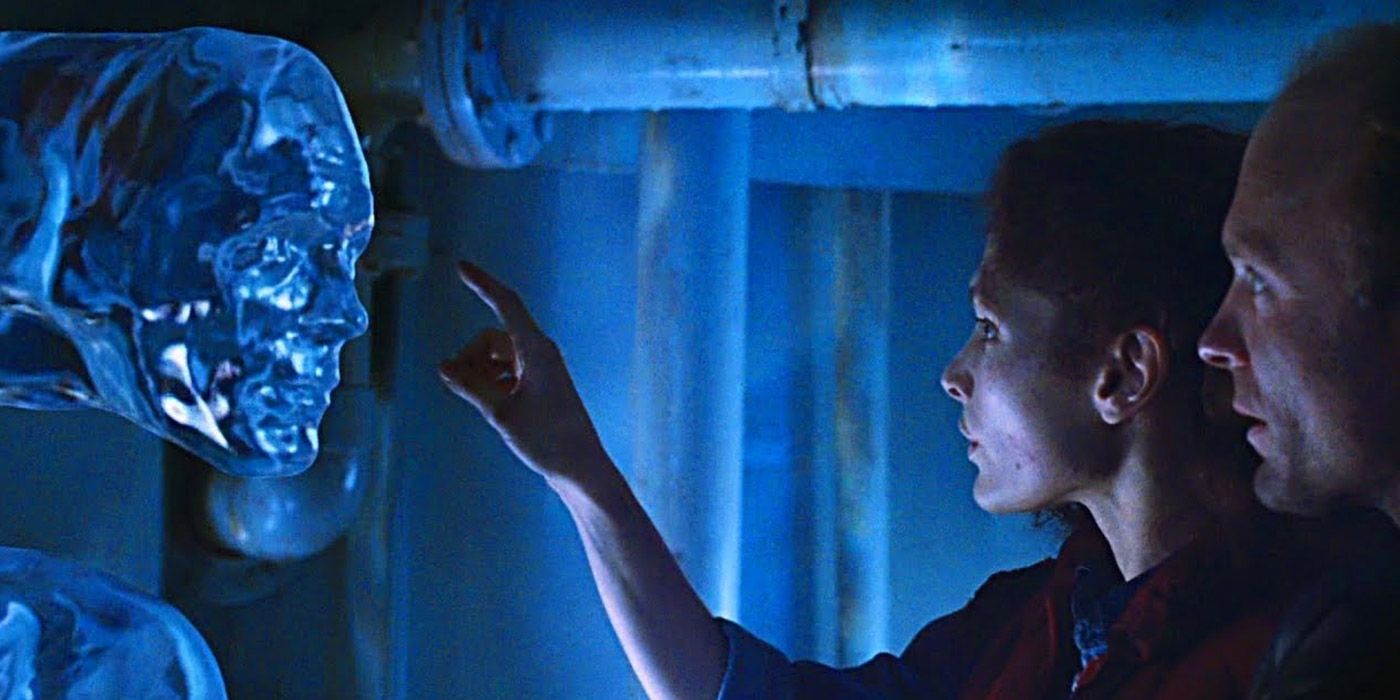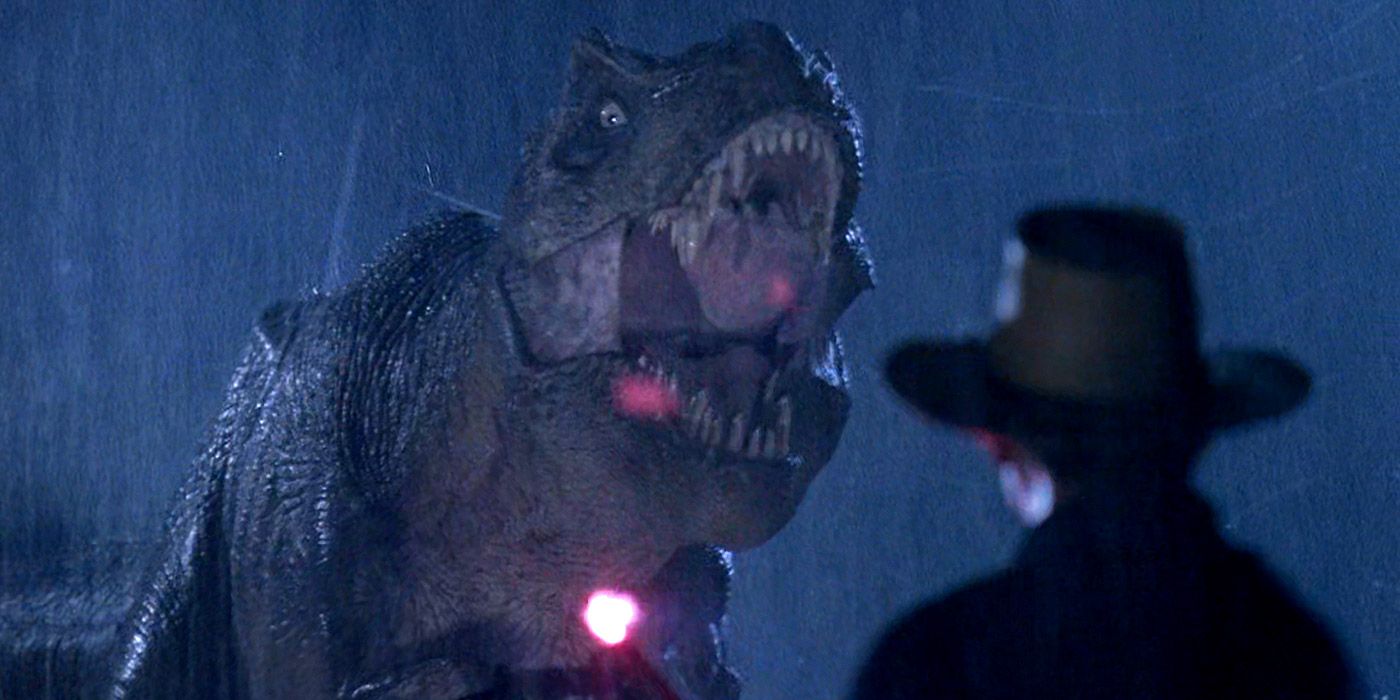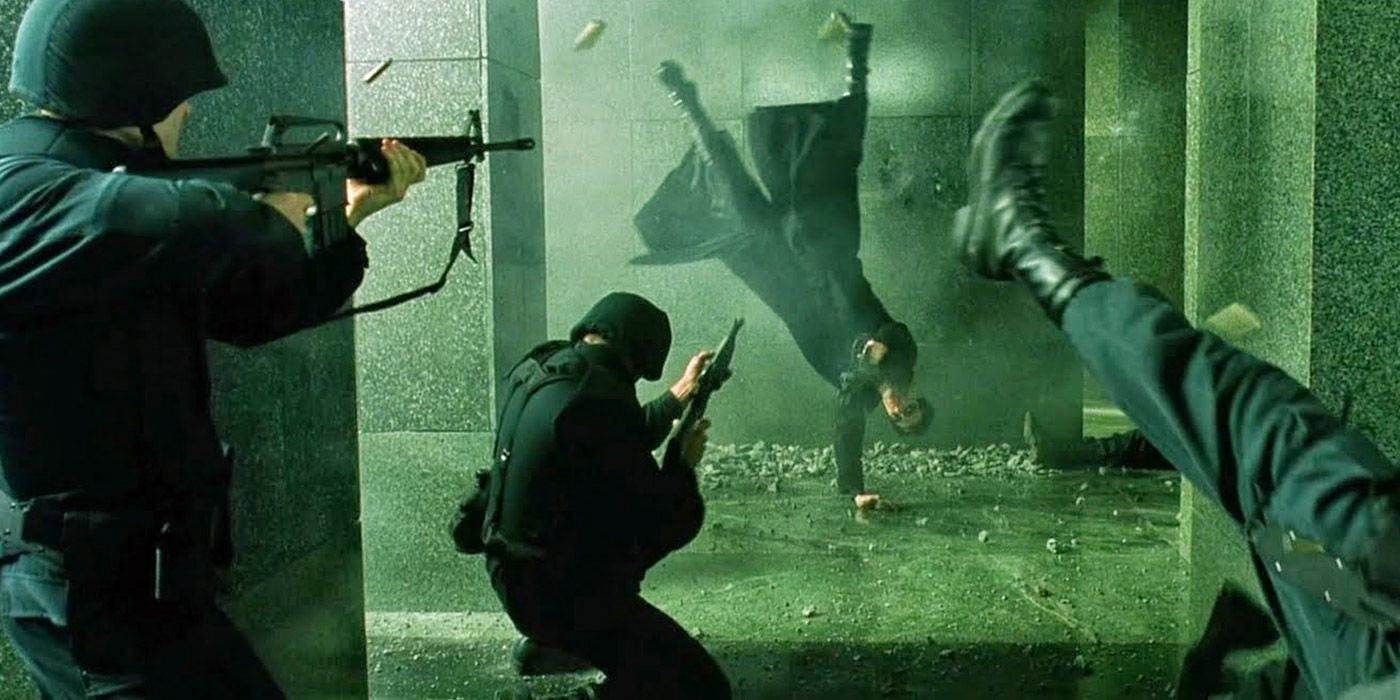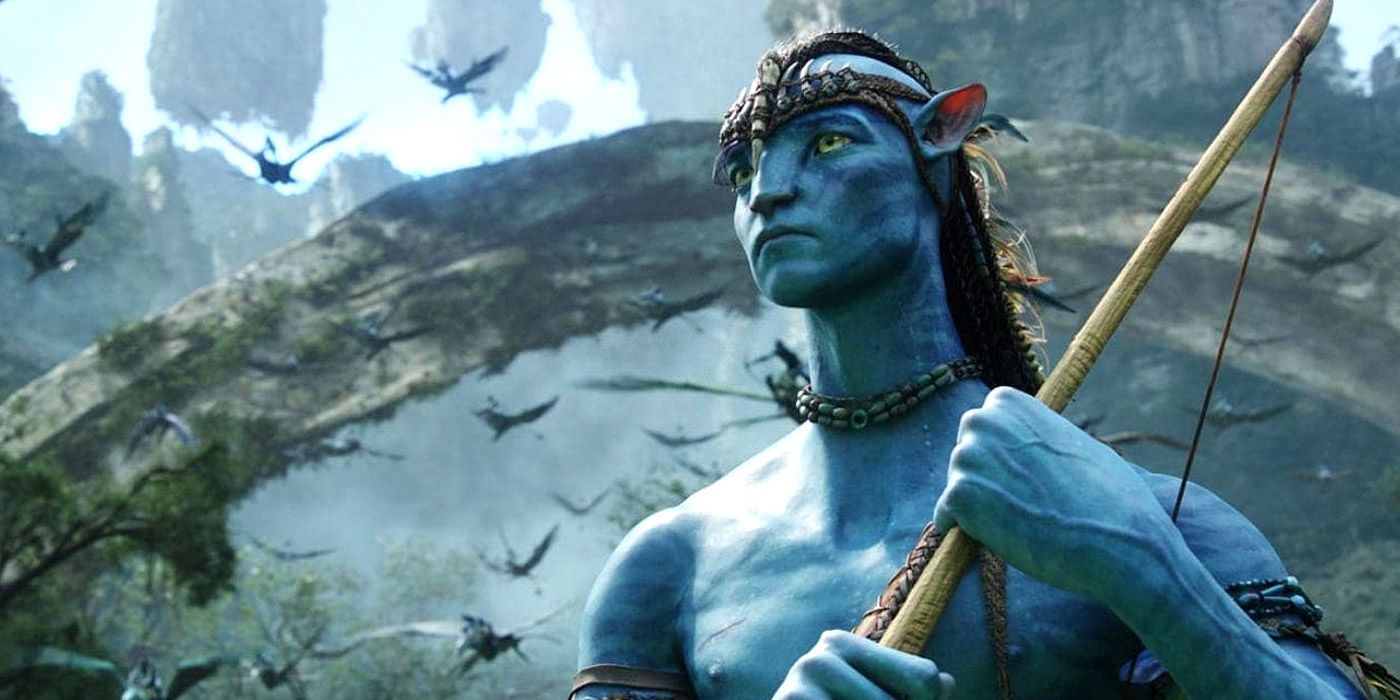By their very definition, influential sci-fi movies tend to push the boundaries of special and visual effects technologies to their absolute pinnacles. This is a film genre that relies just as much on dazzling eye candy as it does a good story, in order to draw audiences in. Throughout the decades, generations of filmmakers have been looking for ways to achieve their visions, by chasing the technologies in question.
In fact, moviemaking wouldn't be where it is today were it not for those ambitious pioneers. Many started filming with no clue as to how they'd make their vision a reality, while others took existing techniques and applied their own spin. Whatever the case, there are many films throughout history that managed to overcome major obstacles for the benefit of moviemakers and audiences.
Metropolis (1927)
It's nearly impossible to believe that Metropolis was filmed in 1927, which was almost one hundred years ago. Despite being a black and white silent film, it's an absolutely astonishing picture that practically cut the foundation for special effects in sci-fi. It's also one of the most incentive and breathtaking visual spectacles ever made.
The film is best known for the Maschinenmensch, a "machine person," or android by today's standards, who is easily a match for Star Wars' C-3PO in terms of quality. The film also broke ground when it came to optical effects used to create electricity and force fields, as well as the Schüfftan process, the predecessor of blue and green-screening techniques.
King Kong (1933)
The classic 1933 version of King Kong was a huge game-changer for the movie industry, which is surprising given the time period in question. It would take a few further decades for techniques like stop motion animation, rear projection, and matte paintings to become tried and tested tools of the trade.
The proof is in the pudding. Though laughable by today's standards, it's hard not to admire the ambition, scope, and spectacle of what's on-screen. King Kong revolutionized sci-fi films and paved the way for iconic craftsmen like Ray Harryhausen to advance these technologies with films like The Beast From 20,000 Fathoms.
2001: A Space Odyssey (1968)
Stanley Kubrick was a master at creating atmosphere and surrealism in his films, and 2001: A Space Odyssey was no exception. At a time when Hollywood was emerging from the goofy sci-fi stereotypes of the 1950s, Kubrick decided to try and smarten up the genre with an intelligent, thought-provoking film.
He set the stage with some of the most dazzling set pieces and special effects techniques seen up to that time. Even today, it's hard not to marvel at the scope of what 2001 was offering, which eclipses even many of today's films with its artistry. Kubrick used everything from clever rotating sets, retroreflective matting, and slit-scan photography to achieve his vision, creating a masterpiece in the process.
Star Wars (1977)
Just like the guerilla filmmakers of the decades-long past, George Lucas waded into Star Wars with all the naïve optimism of an ambitious young filmmaker with a bold vision. According to GamesRadar, the movie proved extremely stressful for Lucas, particularly due to the fact that the special effects were simply not living up to what was in his head.
RELATED: 10 Best 21st Century Sci-Fi B Movies, Ranked
Doubling down while overbudget, Lucas reformatted his processes and ended up cranking out a film that literally changed Hollywood, and possibly saved it from its own demise. Star Wars became the de facto standard for special effects, and its accomplishments accelerated the development of new techniques, paving the way for visual effects technologies later on.
Blade Runner (1982)
Steven Spielberg was busy trying to one-up himself, as any bold and brash young filmmaker should. Some of the techniques he developed while filming Close Encounters Of The Third Kind eventually spread throughout the Hollywood system. Fresh off his success with 1979's Alien, seasoned director Ridley Scott used those techniques for his big sci-fi epic, Blade Runner.
The film bears some of the trademarks of special effects during that time period, including matte paintings and optical techniques, but Scott was clever in how he deployed them. A crew of 50 were busy creating miniatures, optical compositing and motion control "Ice Box" shots to bring the dystopian vision to life. No matter which cut of the film is being watched, it's dazzling.
TRON (1982)
The original TRON is highly underrated, and that's a shame given how much it contributed to breaking new ground in the fledgling visual effects field. At the time, special effects were the predominant force in moviemaking, but TRON signaled an oncoming tidal wave of change that would take a further decade to be fully realized.
No less than four computer graphics companies were hired to work on the film's visuals, which included the incredible synthwave-drenched environments, light cycle races, and other effects. For costumes and certain environmental shots, a grueling back-lit animation technique was used, requiring dozens of passes per shot. The result was a costly film to produce, but one that sacrificed profit for the sake of artistic expression and a dedication to the craft.
The Abyss (1989)
James Cameron struck gold multiple times during the 1980s, while secretly pursuing a means to get his vision for the iconic Terminator 2: Judgment Day off the ground. While that film did boast some of the most impressive early mainstream CGI work in history, it owes that success to a preceding film in Cameron's arsenal - The Abyss.
In many ways, The Abyss was a far more groundbreaking (not to mention painstaking) film to shoot. Cameron went for authenticity for a film where 95% of the story takes place underwater, which made the shoot grueling and problematic. However, he did get to experiment with a groundbreaking CGI technique that gave birth to the famous water tentacle scene, which was breathtaking. The same technique would be used to create the infamous T-1000 a few years later in T2.
Jurassic Park (1993)
By the time Steven Spielberg was ready to create Jurassic Park, CGI technology had evolved into a viable tool for filmmakers. Instead of being used for single scenes or applications, it could now be used to create entire ecosystems, effectively bringing dinosaurs back from extinction for audiences to marvel at.
Everyone remembers the first time they saw the shot of the Brachiosaur near the beginning of the film, with John Williams' heavenly Jurassic Park theme in the background. Those old enough to remember seeing it in theaters undoubtedly remembered hearing the entire audience gasp in unison. However, that was just a taste of what was to come. With a mixture of full-scale animatronics and groundbreaking CGI, Spielberg created an adventure film like no other, and helped push the technology forward.
The Matrix (1999)
Many sci-fi fans look at The Matrix and think "bullet time," but that's a detraction from what the film actually achieved. In many ways, The Matrix closed off the 20th century by bowing in humble respect to the filmmakers that had achieved so much during the prior decades.
RELATED: 10 Most-Used Sci-Fi Movie Tropes
The multi-cam "bullet time" setup was indeed revolutionary, but The Matrix was also renowned for its use of clever digital compositing, 3D modeling, and photogrammetric backgrounds. It also pioneered a technique known as Universal Capture, which could be used to simulate actors using digital stand-ins.
Avatar (2009)
Visual effects and CGI were nothing new by the time 2008 rolled around, but iconic filmmaker James Cameron was ready to revolutionize them all over again with Avatar. 60% of the film was CGI, shot on a blank sound stage with actors in motion capture body suits and head cameras, which captured their entire performances, right down to the most minute detail.
The end result was a spectacle of sheer awe and wonder. The indigenous Na'vi culture on the lush and exotic alien world of Pandora was so good that audiences were sucked into the film, providing the best kind of escapism from the outside world. While the film itself was mildly criticized for its simplistic plot and plotholes, the visuals were enough to make some moviegoers weep.

